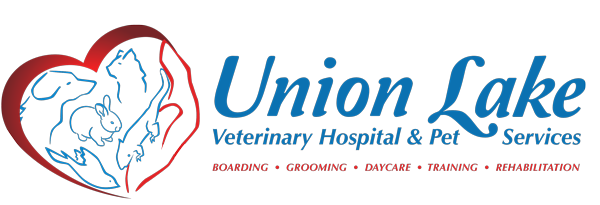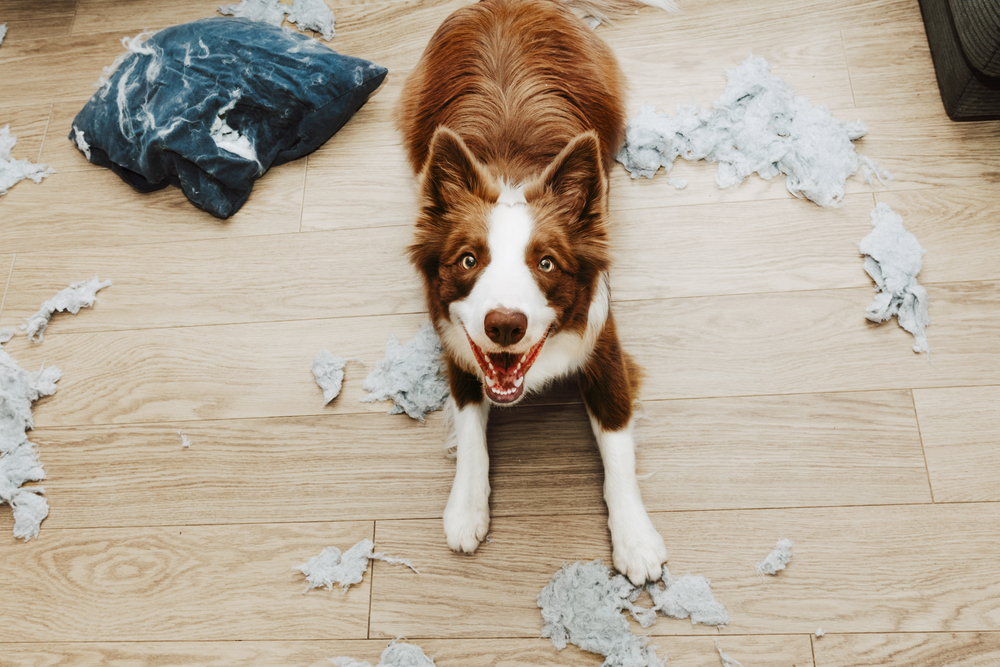Does your dog find it impossible to settle down? Do you regularly have issues with him destroying things around the house? Is it easier to get your kids to eat broccoli than to get your dog to focus? If you answered yes to any of the above, your dog might be suffering from hyperarousal. Keep reading to learn more about hyperarousal in dogs and how to treat it.
What Is Hyperarousal in Dogs?
Arousal is how we describe activity in the brain. When we see this activity becoming too active, paired with an inability to calm down, we classify it as hyperarousal. Some breeds are biologically more prone to hyperarousal because of how and why they were bred. While this makes them great at the skill they are bred for (like herding), it can make it very hard for them to focus on other tasks.
Signs of hyperarousal in dogs include:
- Inability to settle down
- Destructive behavior
- Excessive panting
- Jumping and mouthing
- Excessive friendliness
- Mounting
- Barking, lunging at dogs, people, cars
Enrichment and Training
If your dog is struggling with hyperarousal, enrichment activities and training can help modify these behaviors. Focusing on daily quiet time and calming activities often works to quell the squirrels in your dog’s brain. Activities like repetitive licking on a licking mat or a frozen kong with peanut butter can be soothing.
Every dog is unique in not only their personality, but also in their hyperarousal. Some dogs do well with solo quiet time. Other dogs become very nervous and agitated when left alone. Professional training classes can help you figure out the best way to address your dog’s hyperarousal and learn behaviors that can help minimize the amount of hyperarousal behavior. Some dogs see major improvements with a little bit of training, while others will need more time and more training to learn how to relax more effectively.
Avoid Over Exercising
Some dog owners focus exclusively on giving their pets a lot of exercise to help divert hyperarousal symptoms. While this can be effective to a certain extent, too much exercise could actually trigger further hyperarousal. Often combining exercise with a more calming activity will help a dog calm down. This can be going for a long walk followed by solo kennel time.
Veterinary Intervention
Whether you are working with your dog on your own or enlisting the help of a professional trainer, you should consult with your veterinarian about hyperarousal. Since each dog and each case is unique, the vet can help you determine if behavior modification is enough. Some dogs need a little medication to move past their anxiety and calm down. Certain calming activities could also make hyperarousal worse for certain dogs. Working closely with your vet will help you get the best results for your dog.
If you are dealing with hyperarousal in dogs, Union Lake Veterinary Hospital can help. Our team of experts in training and veterinary medicine will find the right treatment plan for your pup. To learn more about our services or to schedule an appointment, please call (248) 363-1508.

